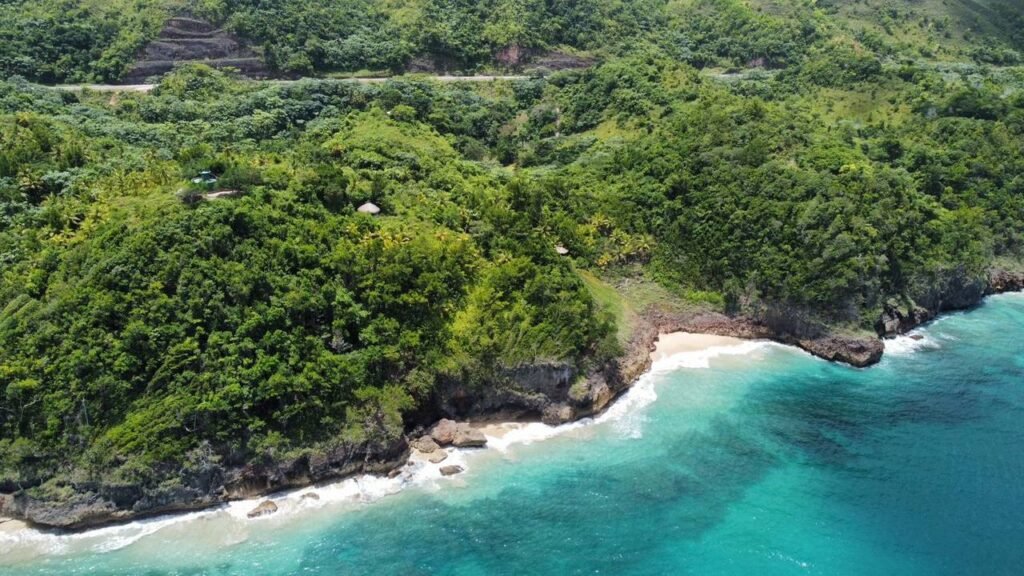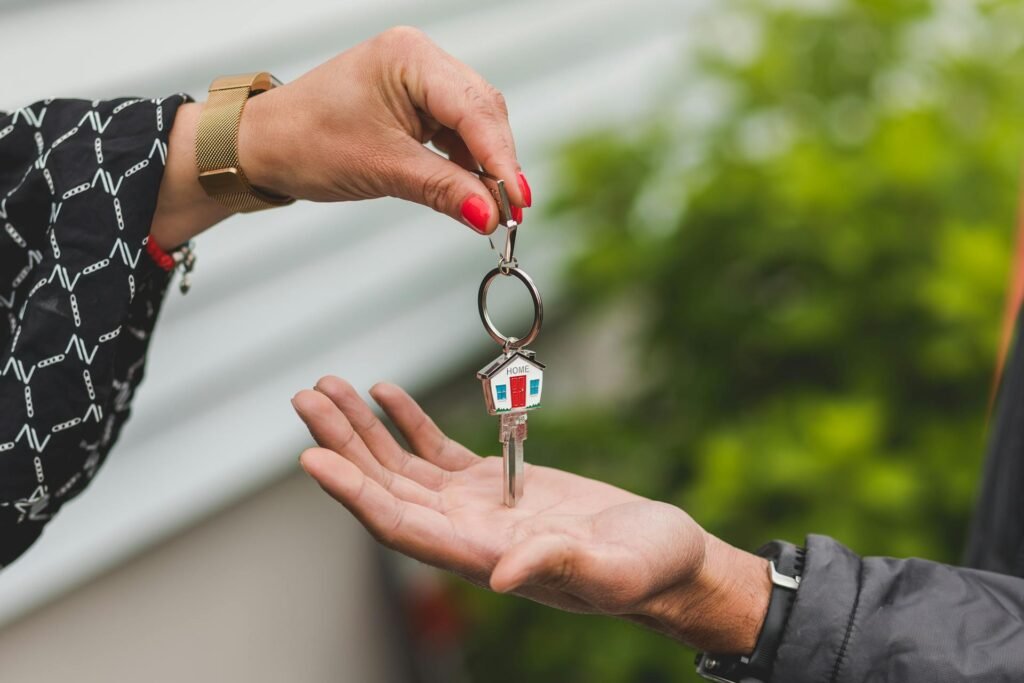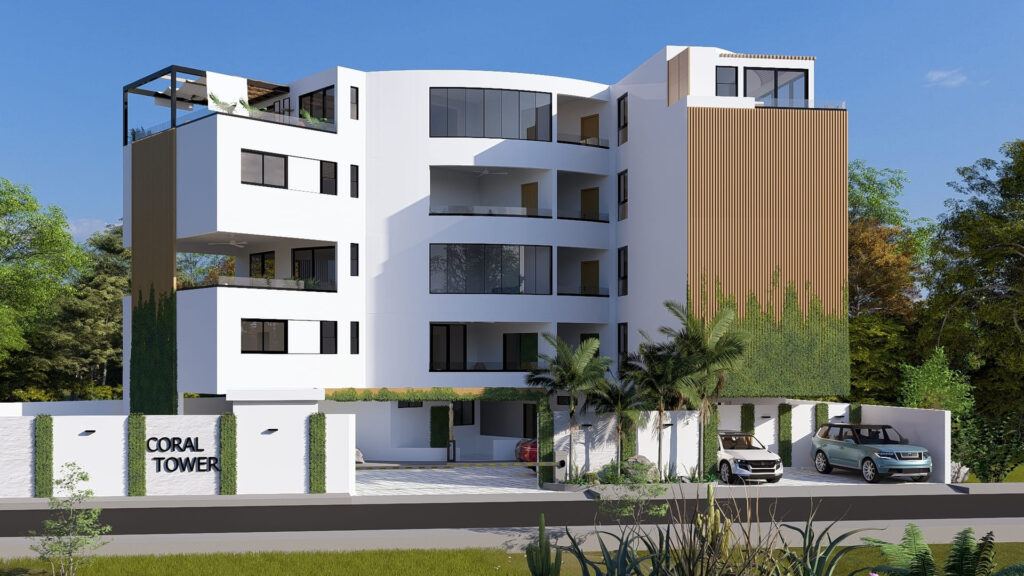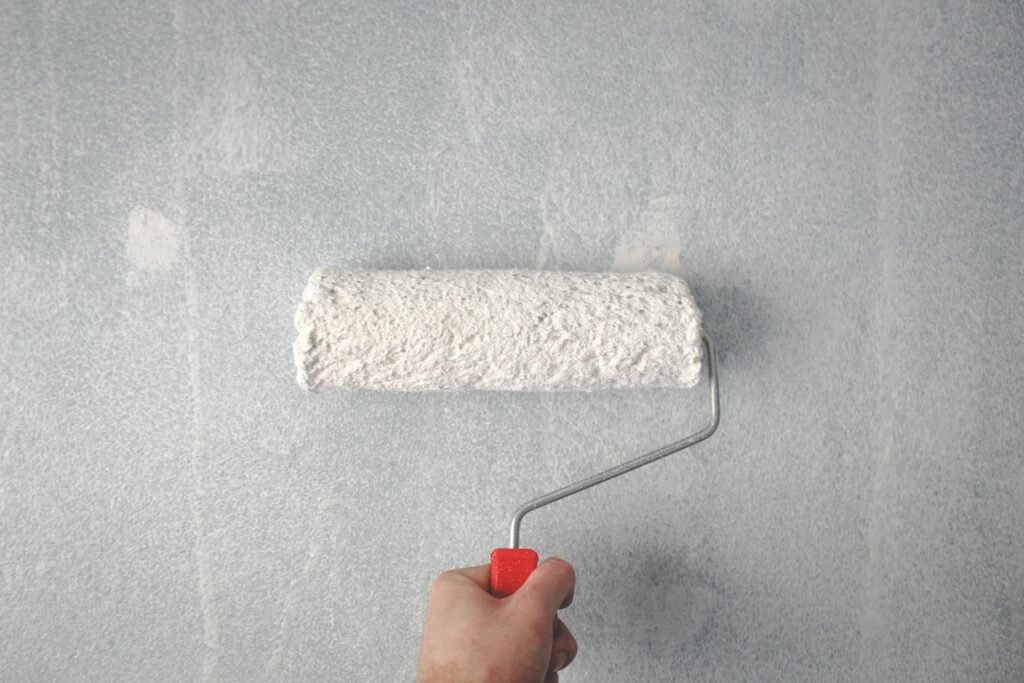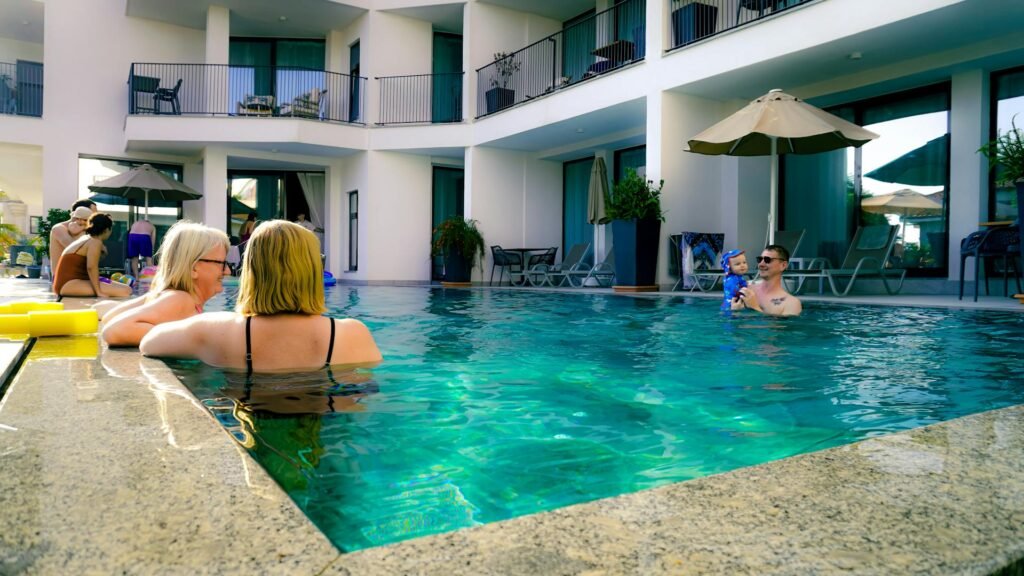Living or investing in a villa by the sea is one of the Dominican Republic’s greatest attractions. However, beachfront construction in DR presents a particular challenge: corrosion caused by salinity and constant humidity. Knowing the right construction solutions is vital to prolonging the life of any building in coastal areas such as Las Terrenas, Samaná, or Bayahibe.
In this article, you will discover how to choose materials, design structural details, and apply protection systems so that your beach property remains sturdy and safe for decades.
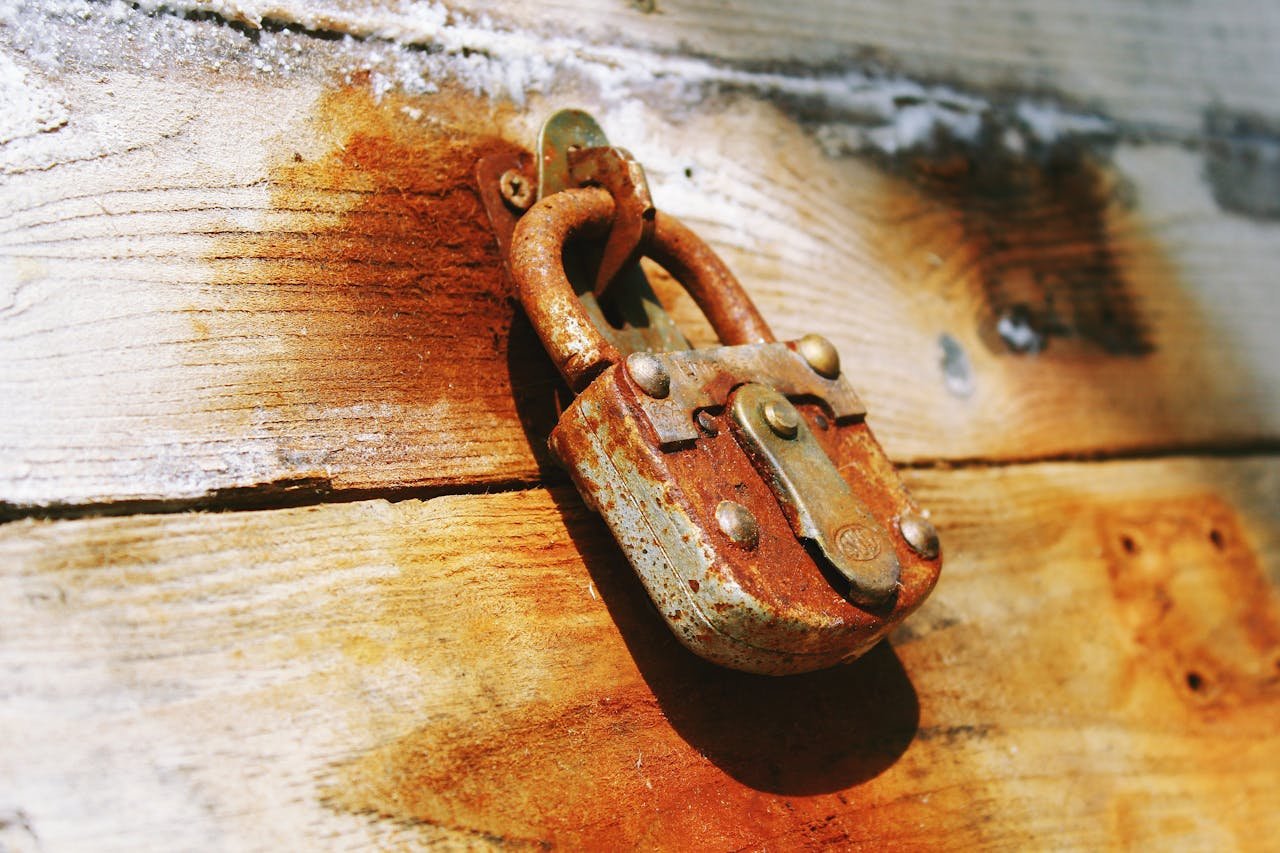
Why is corrosion a problem in coastal areas?
Proximity to the sea exposes buildings to chlorides and moisture that penetrate the concrete and oxidize the reinforcing steel. This process not only causes stains and cracks, but also reduces structural strength. Beachfront construction in DR must be based on a thorough understanding of these environmental factors.
Selection of resistant materials
The first step toward durable construction is choosing the right materials:
- Marine-grade stainless steel or galvanized steel on exposed elements.
- Concrete with anti-corrosive and waterproofing additives.
- Treated tropical woods, such as mahogany or almond wood, are more resistant to moisture.
- Impact-resistant glass and anodized aluminum in windows and doors to withstand the salty breeze.
The right choice of materials can increase the useful life of the structure by more than 50%.
Construction details that make a difference
In addition to materials, the design should consider:
- Greater concrete covering over steel rods to delay chloride penetration.
- Design joints and slopes that prevent water accumulation.
- Strategic placement of fasteners and use of epoxy-coated hardware.
Every detail, no matter how small, has a direct impact on the durability of seaside construction in the DR.
Additional coatings and protections
Surface solutions are essential:
- Epoxy and polyurethane paints on metal structures.
- Waterproofing membranes on roofs and terraces.
- Water-repellent treatments on concrete walls to reduce moisture absorption.
These protective layers act as barriers against salinity and UV rays.
Preventive maintenance
Even with the best materials and designs, beachfront construction in the DR requires a regular maintenance plan:
- Periodic cleaning with fresh water to remove salt deposits.
- Annual inspection of joints, coatings, and metal components.
- Immediate repair of cracks or rust spots.
Prevention is always cheaper than major repairs.
Regulations and standards applicable in the Dominican Republic
The Ministry of Housing and Buildings (MIVED) and the Dominican Association of Engineers, Architects, and Surveyors (CODIA) require that all projects in coastal areas comply with structural resistance and environmental sustainability standards. Consulting these regulations and working with licensed professionals is essential for any beachfront construction in the Dominican Republic.
Conclusion
Life on the Dominican coast offers unparalleled landscapes, but it requires buildings designed to withstand salinity, wind, and humidity. Proper planning, the selection of resistant materials, and regular maintenance are key to ensuring that your investment will stand the test of time.
At All Project Group SRL, we specialize in architecture, construction, and permits in coastal areas such as Las Terrenas. If you are thinking about your next project, contact us through our contact page and let’s build together with safety and quality.
